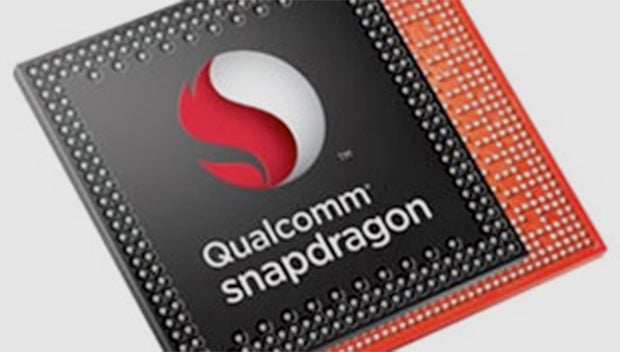Snapdragon 810 gets killswitch to boost security

Qualcomm has just announced that it’s bundling a killswitch onto its new flagship Snapdragon 810 chipset.
Dubbed ‘SafeSwitch’, the feature will allow users to remotely disable their devices should they be lost or stolen.
Killswitches aren’t anything new, mind – both iOS and Android already have similar features embedded in their software.
What makes Qualcomm’s security offering different however, is that the SafeSwitch is a hardware solution, meaning it’s not so easy to tamper with.
This means that while workarounds are relatively simple when trying to re-sell a stolen phone that uses software-based security, that’s not the case with trying to crack the actual physical chip.
What’s more, SafeSwitch actually starts working from the moment a smartphone is booted up.
This is in contrast to other killswitches that require the operating system to load before activating.
“Our mobile devices have become an integral and important part of our lives.
It continued: “Losing our device or having it stolen can pose a real problem. And with the potential for high resale value, organized crime continues to resort to new methods to obtain more devices.”
It’s not yet clear whether Qualcomm’s move will deter thieves from nabbing phones just yet, but if hardware-based killswitches become commonplace across other manufacturers too, it could certainly lead to reduced smartphone theft.
So when will this be available? Well we’re expecting a raft of Snapdragon 810-toting smartphones this year, not least the LG G4, Sony Xperia Z4, and Samsung Galaxy S6.
Aside from SafeSwitch, the new chip will bring 64-bit architecture support, improved battery life, 4K video support, and Cat. 9 LTE carrier aggregation support.
Related: CES 2015: What’s happened at the Las Vegas tech expo so far?
The Snapdragon 810 has been a hot topic in tech-dom this week, after talk of manufacturing delays for the chip resurfaced.
Apparently the four Cortex-A57 cores (out of eight cores, courtesy of ARM’s big.Little architecture) are struggling with high temperatures above clock-rates of 1.2-1.4GHz, impeding manufacturing schedules.
Such rumours initially emerged late last year, although Qualcomm flat out denied them at the time.


